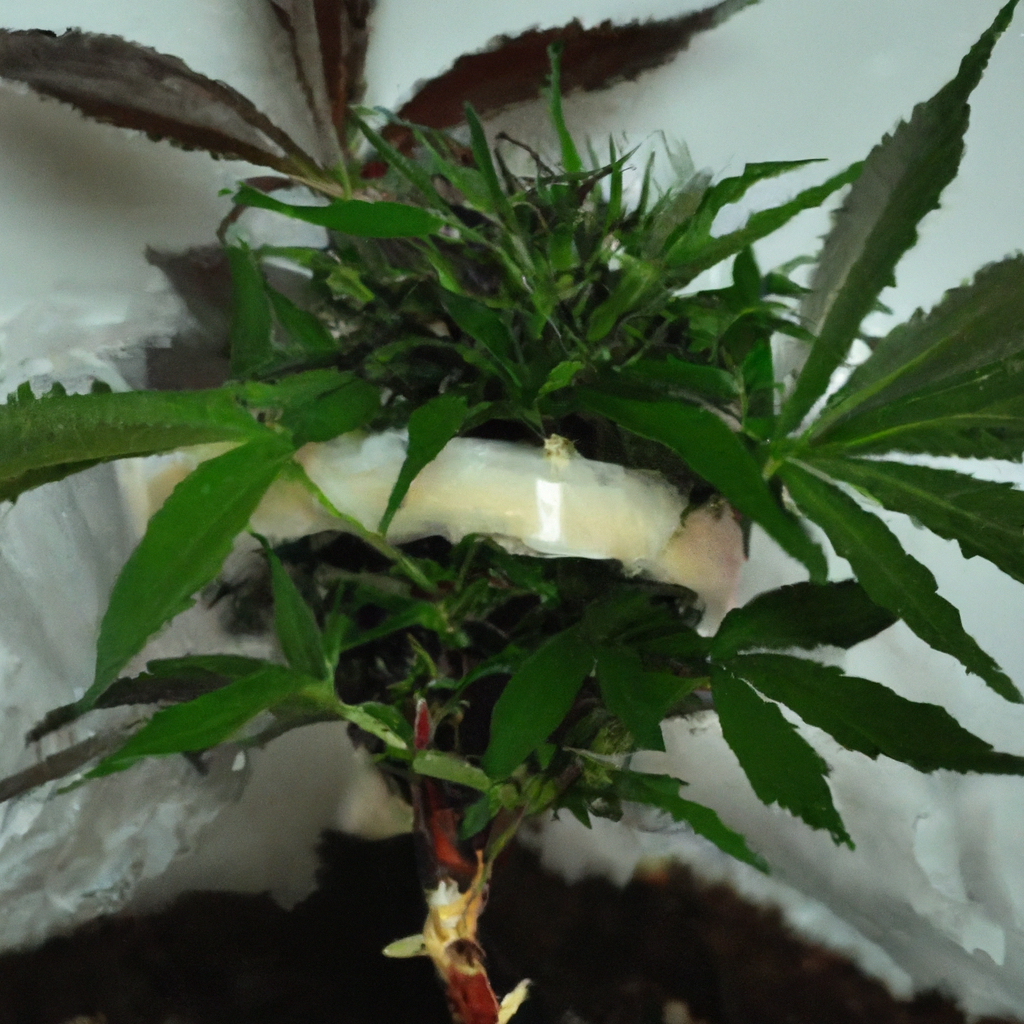Your cart is currently empty!
Grafting is an advanced technique in cannabis cultivation that allows growers to combine the desirable traits of multiple plants onto a single rootstock. This method can improve plant resilience, increase yield potential, and conserve genetic strains. Whether you’re a hobbyist or a professional grower, understanding the principles of grafting can elevate your cannabis growing game.
What is Cannabis Grafting?
Grafting involves taking a cut from one plant, known as the scion, and attaching it to another plant, referred to as the rootstock. The two sections grow together to create a unified plant that benefits from the characteristics of both its original parts. This technique is not new and has been widely used in fruit tree cultivation, but its potential applications in cannabis are gaining attention.
Benefits of Grafting Cannabis
- Genetic Preservation: Preserve and propagate rare or valuable strains without maintaining multiple mother plants.
- Pest and Disease Resistance: Use hardy rootstock to combat soil-borne diseases and pests, leading to healthier plants.
- Space Efficiency: Cultivate multiple strains on a single plant, reducing the space needed for multiple plants.
- Yield Enhancement: Combine high-yielding scions with robust rootstock for maximum productivity.
How to Graft Cannabis: A Step-by-Step Guide
- Select Your Plants:
Choose a healthy rootstock with a well-developed root system and compatible scion cuts from your desired strains.
- Prepare the Rootstock:
Cut the top off the rootstock at a clean angle using a sanitized sharp blade to encourage a healthy union.
- Prepare the Scion:
Cut a matching angle on the scion while avoiding jagged edges to ensure a snug fit with the rootstock.
- Join the Parts:
Align the cuts of the scion and rootstock, ensuring the cambium layers meet. Secure the graft with grafting tape to keep the pieces firmly connected.
- Provide Care:
Maintain optimal humidity and temperature around the grafted area using a plastic tent or dome. Monitor the plant closely for signs of successful integration or rejection.
Common Grafting Challenges and Solutions
- Rejection: Ensure sterile tools and surfaces to prevent contamination. Ensure cambium layers align for a successful graft.
- Environmental Stress: Control humidity and temperature to prevent stress on the graft site. Keep the environment stable to allow healing.
- Dehydration: Use grafting wax to seal the graft point and prevent moisture loss.
Conclusion
Grafting is an invaluable technique in cannabis cultivation that offers numerous advantages, from genetic preservation to improved plant resilience. By mastering this advanced method, growers can explore innovative ways to enhance their yields and experiment with new cultivars. Whether you’re interested in maintaining heirloom strains or simply want to experiment with plant compatibility, grafting can elevate your cannabis grow operation.
Grafting may seem daunting initially, but with practice and attention to detail, it can become a reliable tool in your cultivation toolkit.
Discover more from Magic Clones
Subscribe to get the latest posts sent to your email.


Leave a Reply